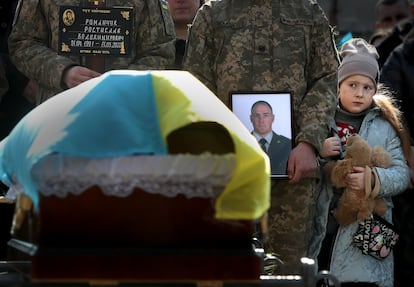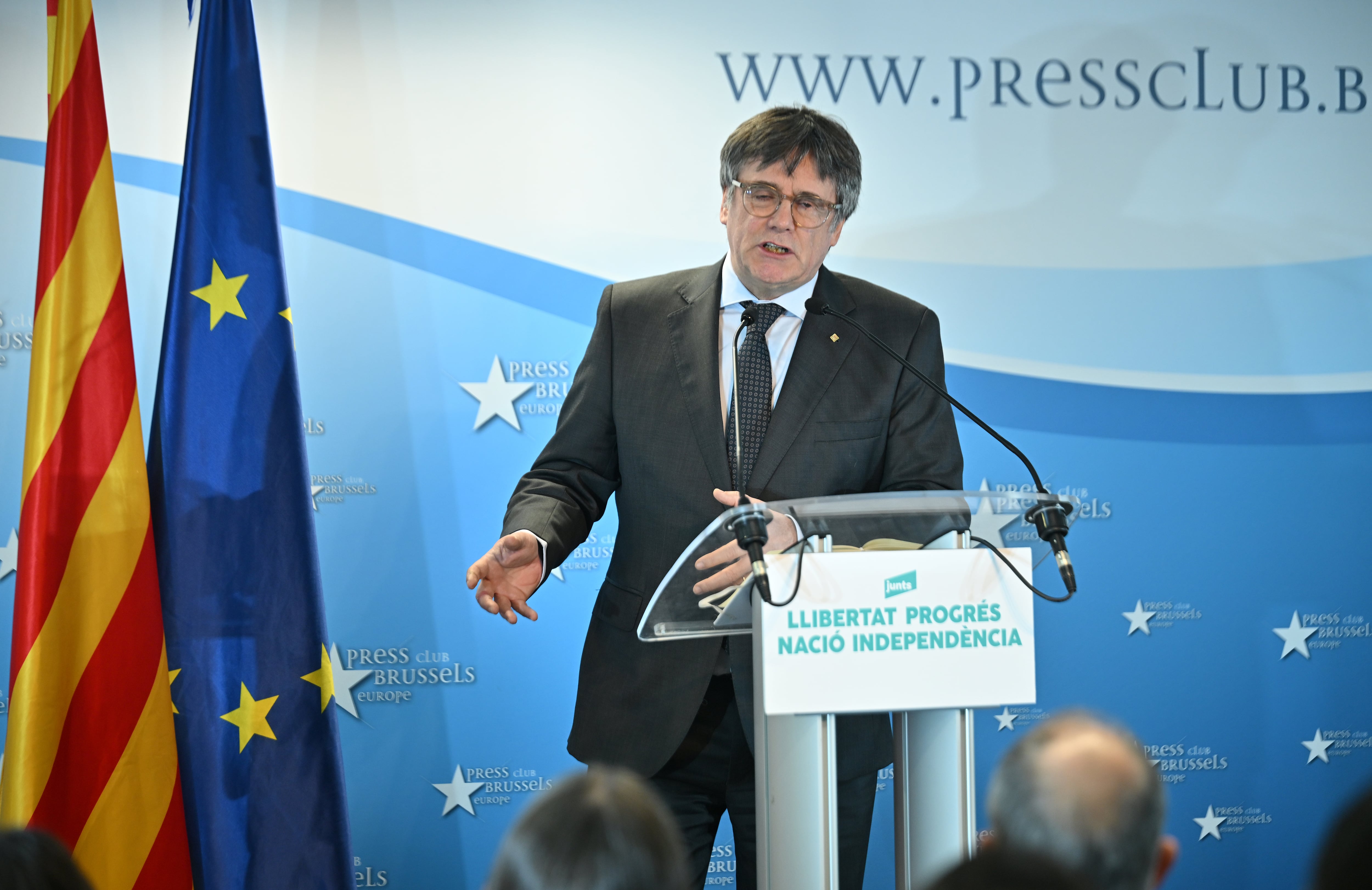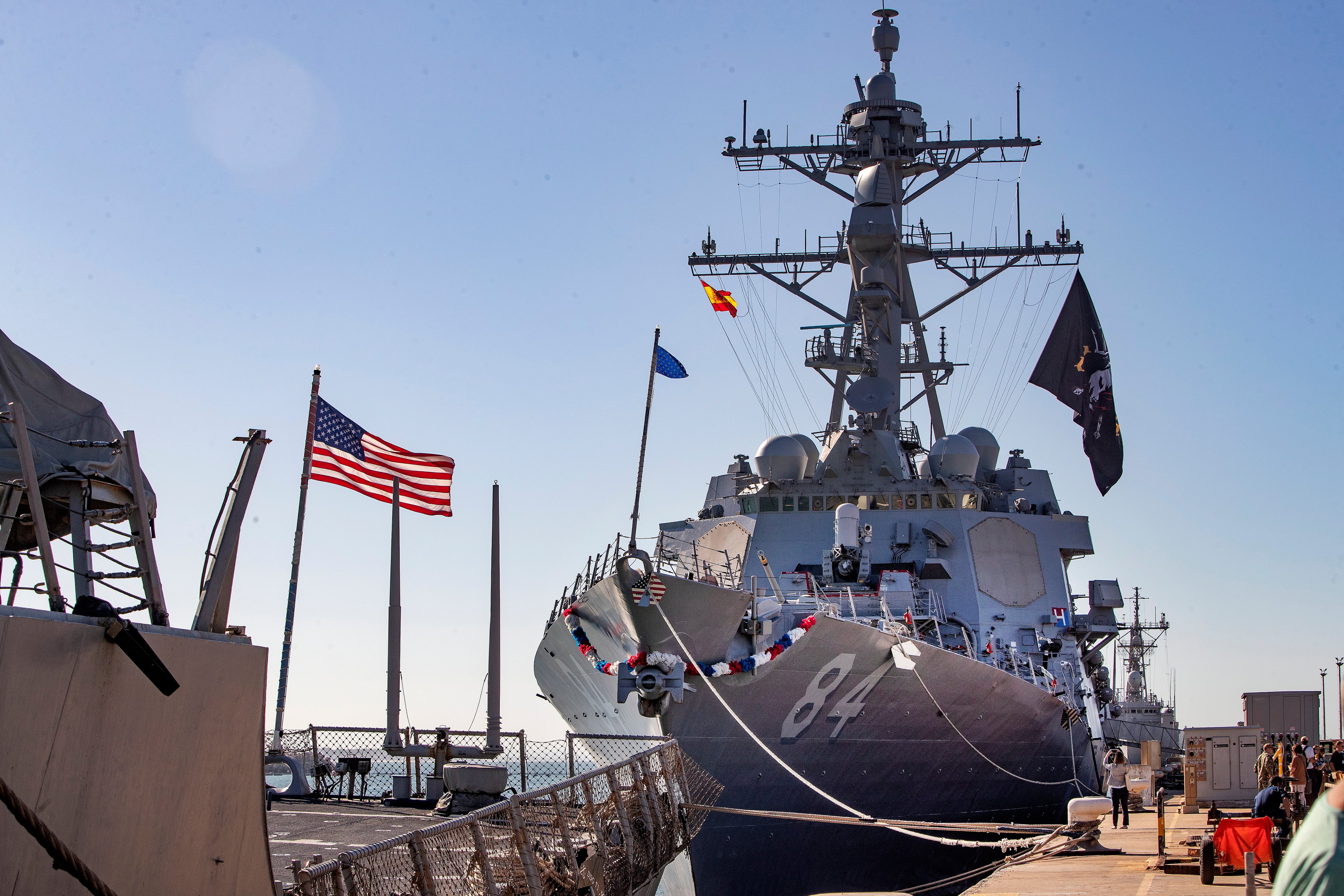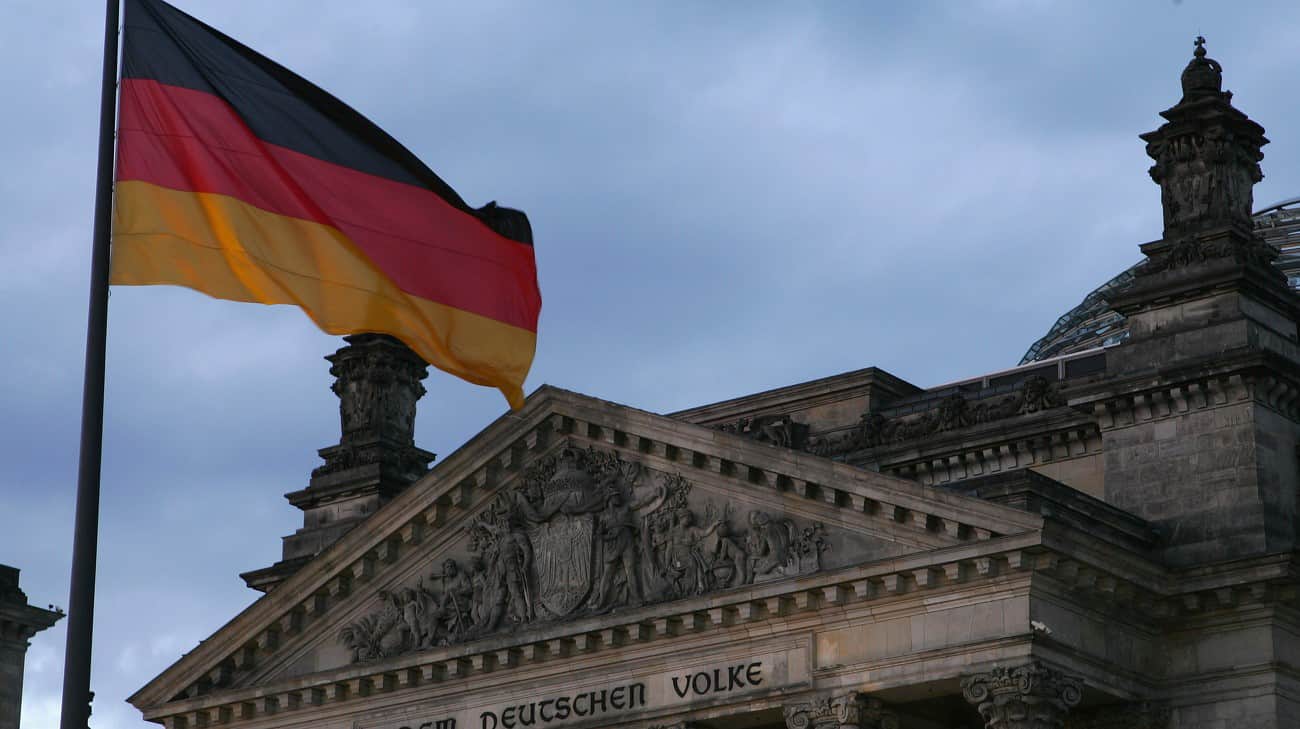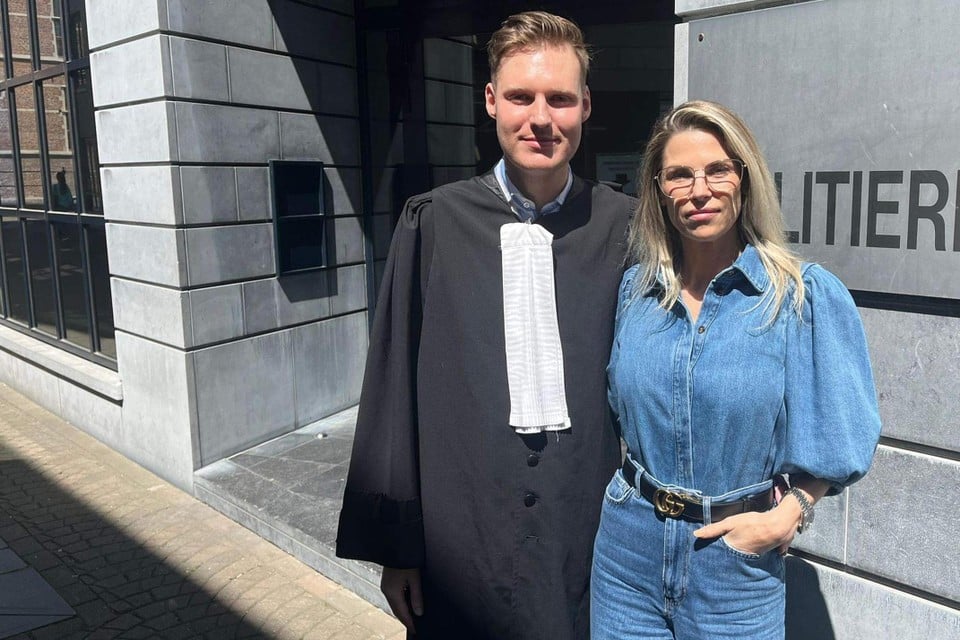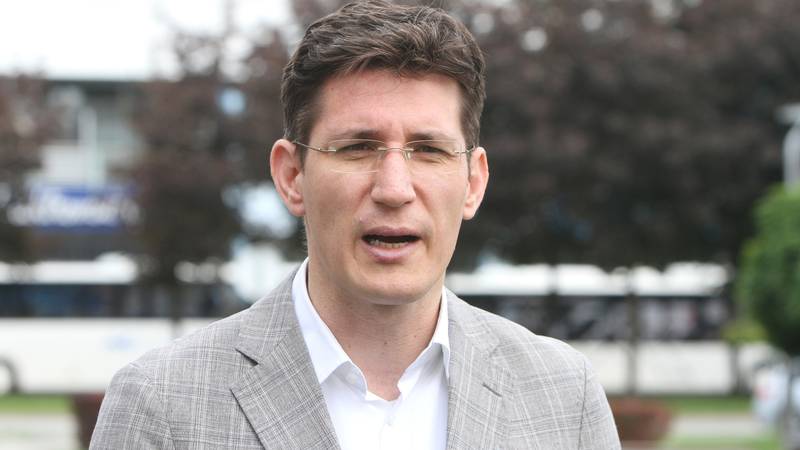Fire, bombs and swastika: the portrait of the fear of children pursued by war | Spain
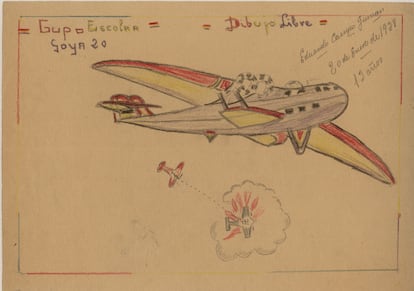
Vladimir Merino was born in an village outside Moscow 73 years ago. At 11, in 1937, his mother, Carmen Barrera, a native of Rentería (Gipuzkoa) and his uncle Alejandro, 9, had been sent to the then USSR by the Republican authorities With another 3,000 children to move them away from war Spanish civil. To his biological father, Shaaban Urruchi did not know him. « He was an Albanian who studied medicine at the university with a Soviet scholarship, but when he finished his studies, they told him that he had to turn to his country and my mother, pregnant, did not allow him to leave with him. » Carmen and Shaaba maintained by mail the illusion of the reunion. Even after they authorized in 1956 the return of her to Spain continued to write letters that always arrived open, violated by the dictatorship. It took three more years to understand that it was best to stop making impossible plans and mutually give permission to explore life without the other. In 1962, Carmen married Nicasio Merino, who adopted Vladimir and gave her her last name, the same as the commissioner of the exhibition that on Monday opens in the Athenaeum of Madrid: 48 drawings made by children who, like her mother, were not afraid of darkness or coconut, but to the bombs; Small who learned the meaning of the word escape at the same time as adults while the war was pursued by thousands of kilometers.
Children, between 4 and 14 years old, paint ambulances, buildings on fire, people running and many, many planes. « What is repeated most, » explains Merino, « are the aviation scenes. If we went to a school today and we asked the kids to draw the war, surely they would reproduce images they have seen on television or in the movies, but those children, like my mother, drew what they had lived, their own fear. One of the drawings that impacted me most is that of a girl named Mercedes who painted a bombard of the airplanes are tears. ”
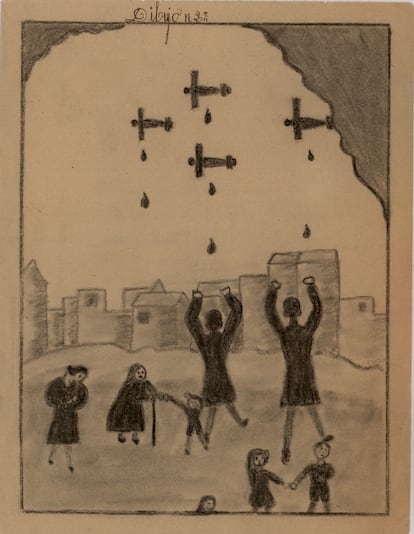
The first country where these types of drawings were exposed was not Spain, but USA. « In 1937, » says Merino, « with the aim of offering financial and evacuation aid to children from war areas to children’s colonies – mainly on the Mediterranean coast and France -, the American Association for the Welfare of Spanish Children was constituted in New York. After touring those colonies and collecting more than a thousand drawings, an art collector and member of the Quaquera community, Josep A. Weissberger, organized various samples in North American galleries, standing out of May 1938 on the fifth Avenue of New York. » Archives: the University of Columbia and that of San Diego in the USA; England, the 455 sent to Mexico … that double dissemination and tribute exercise has led him to give talks in schools, where the illustrative power of the strokes of these children serves for the kids to know, beyond the milestones and dates, « the true story of their own country, which suffered at their age, or when they had a few years less, the grandparents of their grandparents. »
Some of the exposed drawings, such as Gregorio Vargas, eight years old, are made about the letters they sent to their families. « Dear Dad: I want you to come to the USSR soon. Bombs Leave Spain, » he writes. Over time, children begin to paint everyday life scenes again: « Here you can do many fun and funny things, » writes another little one to their parents on January 26, 1939. « The treatment they received in the USSR, » explains Merino, « was very good. Unlike children evacuated to other countries, which were welcomed by families, in the Soviet union they remained in groups of 100 or 120 species of colonies and lived much better than the Russian children. German bombs and escaped from Russia fleeing German bombs’. One war stole childhood and the other, adolescence. »
The Spanish colony was evacuated again, this time by train, towards the Urals. “The final destination was a city called UFA. But the train, as is the case in the movie Dr. Zhivagois forced to stop on a dead road. When it was underway, there was heating, but when it stopped, and the temperatures could reach 25 degrees below zero. My uncle, who was then 14 years old, hungry, went out to look for food, stuck a binge of wild apples, suffered a colic and died. My mother, who, when leaving Rentería, had promised my grandparents that I would take care of her little brother, destroyed her. »
In 1945 he finished his Second War, but repatriation to Spain was still delayed. « Neither Stalin wanted them to come out before turning them into communist aguerridos, nor Franco to receive aguerridos communist, » says Merino. Finally, through the mediation of the ILO, the children of Russia returned home between 1956 and 1957 with prisoners of the Blue divisionthe Spanish volunteer unit that supported the Nazis, returning Hitler’s favor to Franco in the Civil War. It had been 19 years and those children were no longer. Pablo Barrera, who fought on the republican side in THE BATTLE OF THE EBROand his wife, Carmen Martínez, had left their little Carmen and Alejandro in the port of Santurce in 1937 towards the Soviet Union and almost two decades later they received a woman who was already a mother and that dragged the trauma of having seen her brother die. « In the letters that were sent during that time, » Merino recalls, « both my mother and my grandparents were pointed out in group photos, which were the only ones they had, with a cross so they could recognize them. »
Interrogation in the DGS
The adaptation was not easy. “They left a system that was a dictatorship and reached another antagonistic dictatorship. My mother did not recognize the title of industrial engineer (many of those children had had access to university studies in the USSR) and in those years, in Spain, come from the Soviet Union was like being a demon with horns and tail. In the villages they pointed them out and many of those children had problems with their own families when they returned, they were already Fear. USSR … Finally, they bought the turn. Another curious anecdote is that when we had been in Rentería for just a few days, the pastor appeared at my grandparents’ house to tell him that he had been informed that there was a child without baptizing, me. My mother explained that she had been baptized by the Orthodox Church, but it didn’t work for her. So I’m an atheist, but I’m baptized twice. ”
Carmen Barrera died in 2021, at 94. He did not see how in 2022 a New War in Europe, that of Ukraineand the reverse process she had lived: Ukrainian children traveling as Refugees from kyiv to Spain. « It would have hurt a lot, » says his son, « what Russia is doing because he had a lot of love to Ukraine. His first destination in the former USSR had been precisely Odessa. » The story is repeated, in other scenarios, with other children that today, almost nine decades later, draw the same fear in their welcome countries without knowing when or if they can return home.
